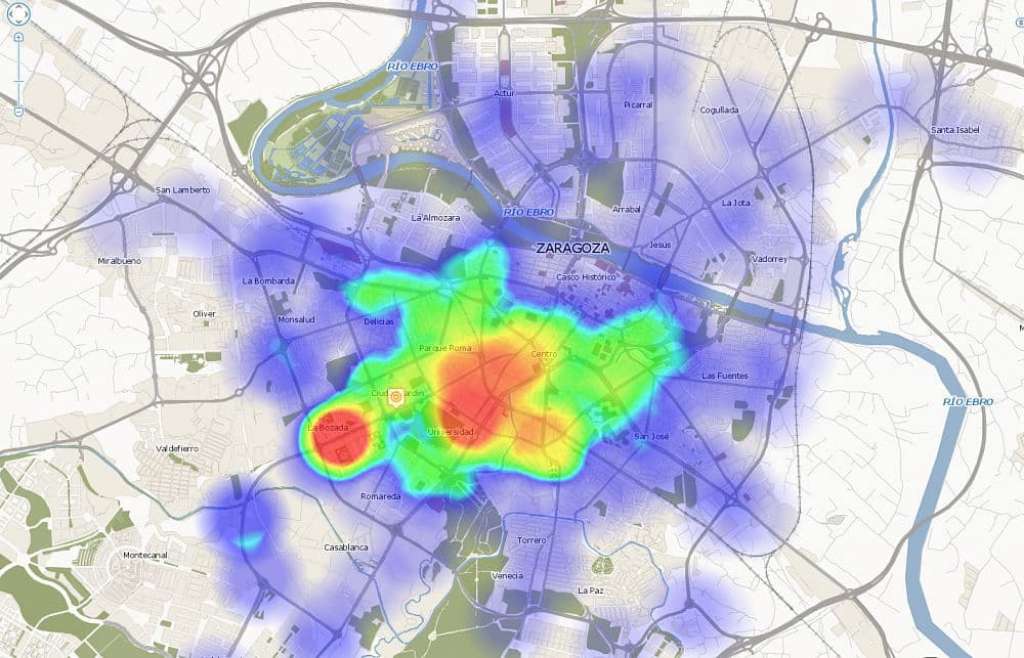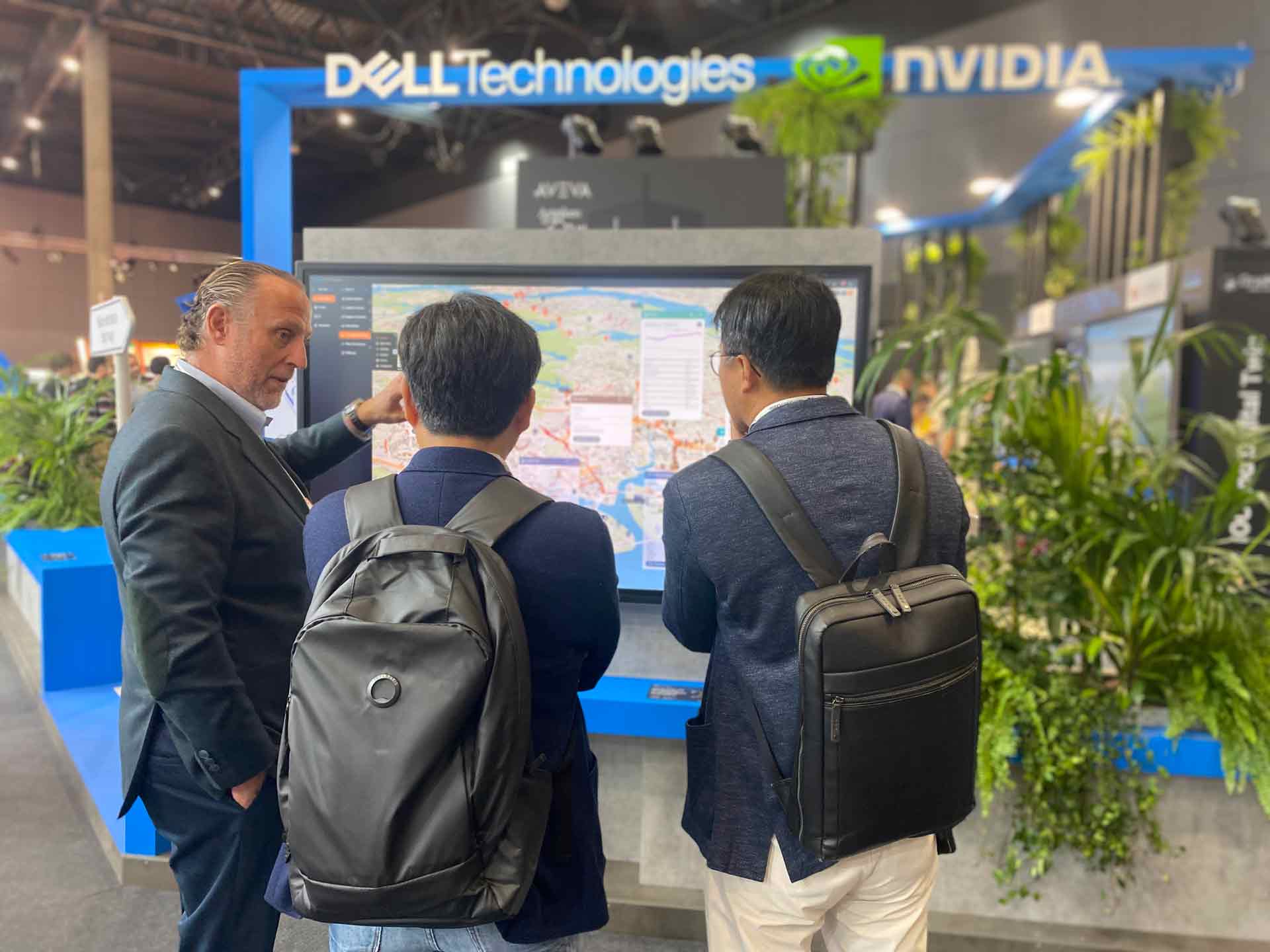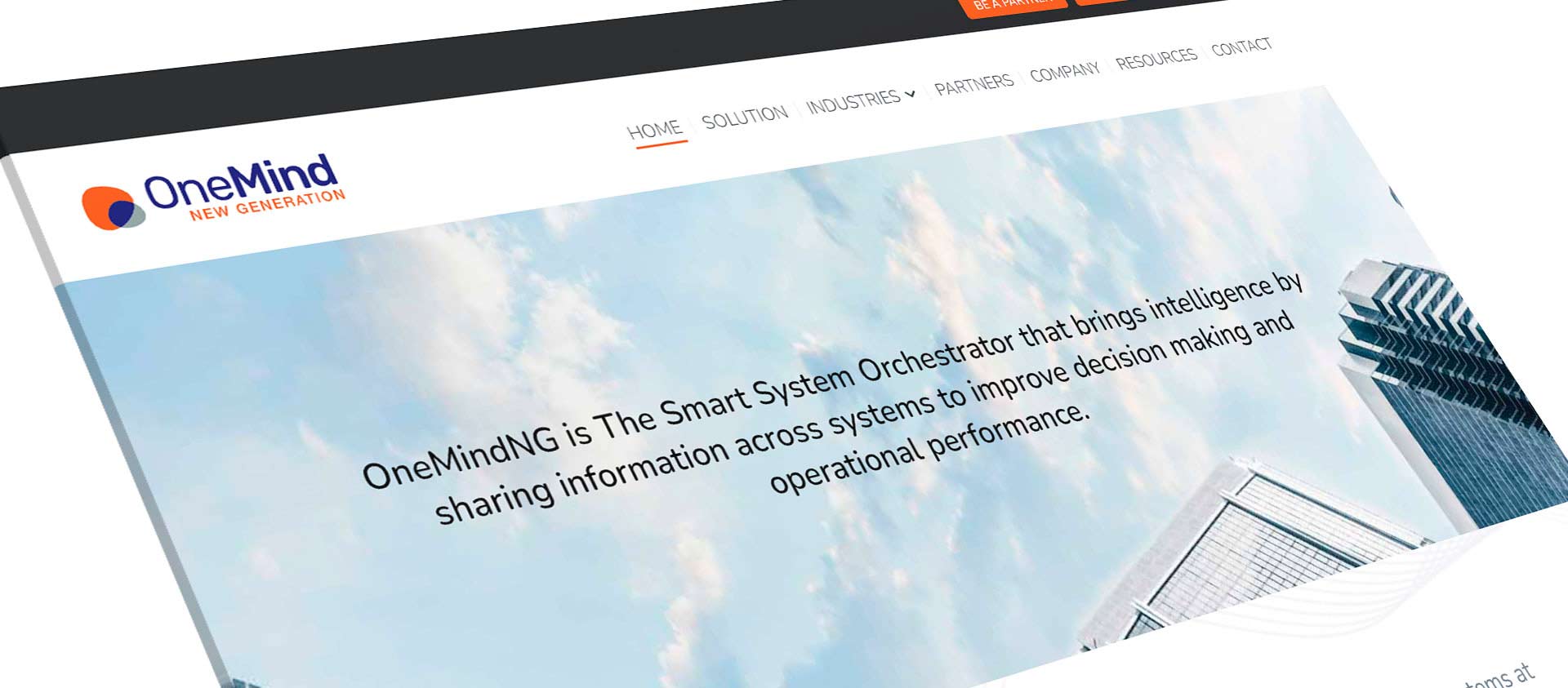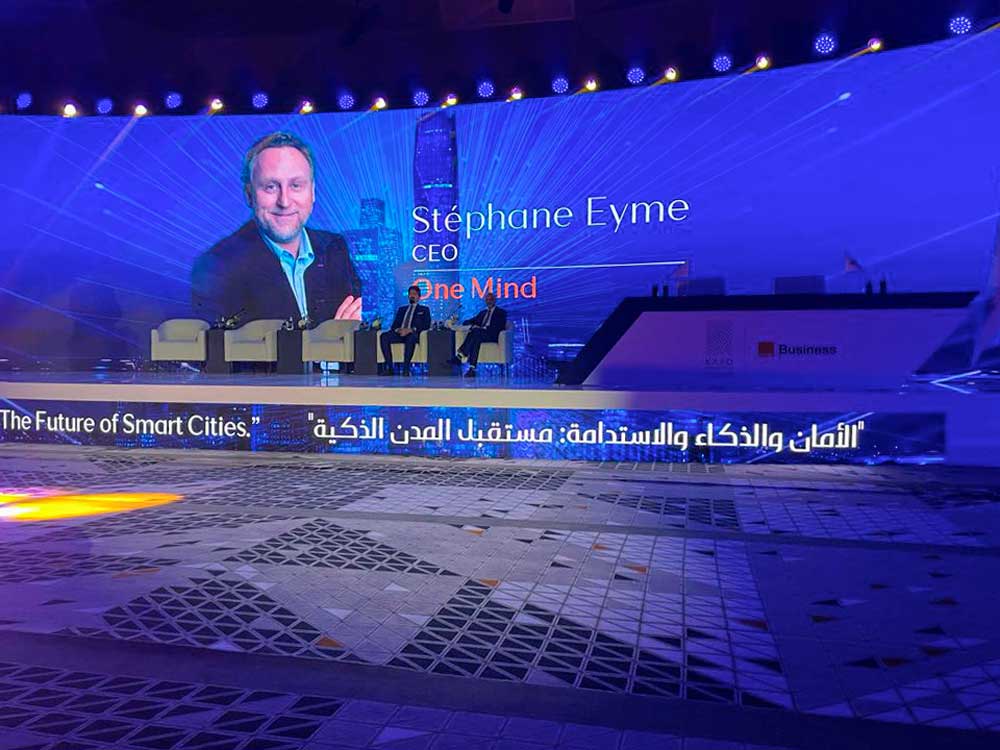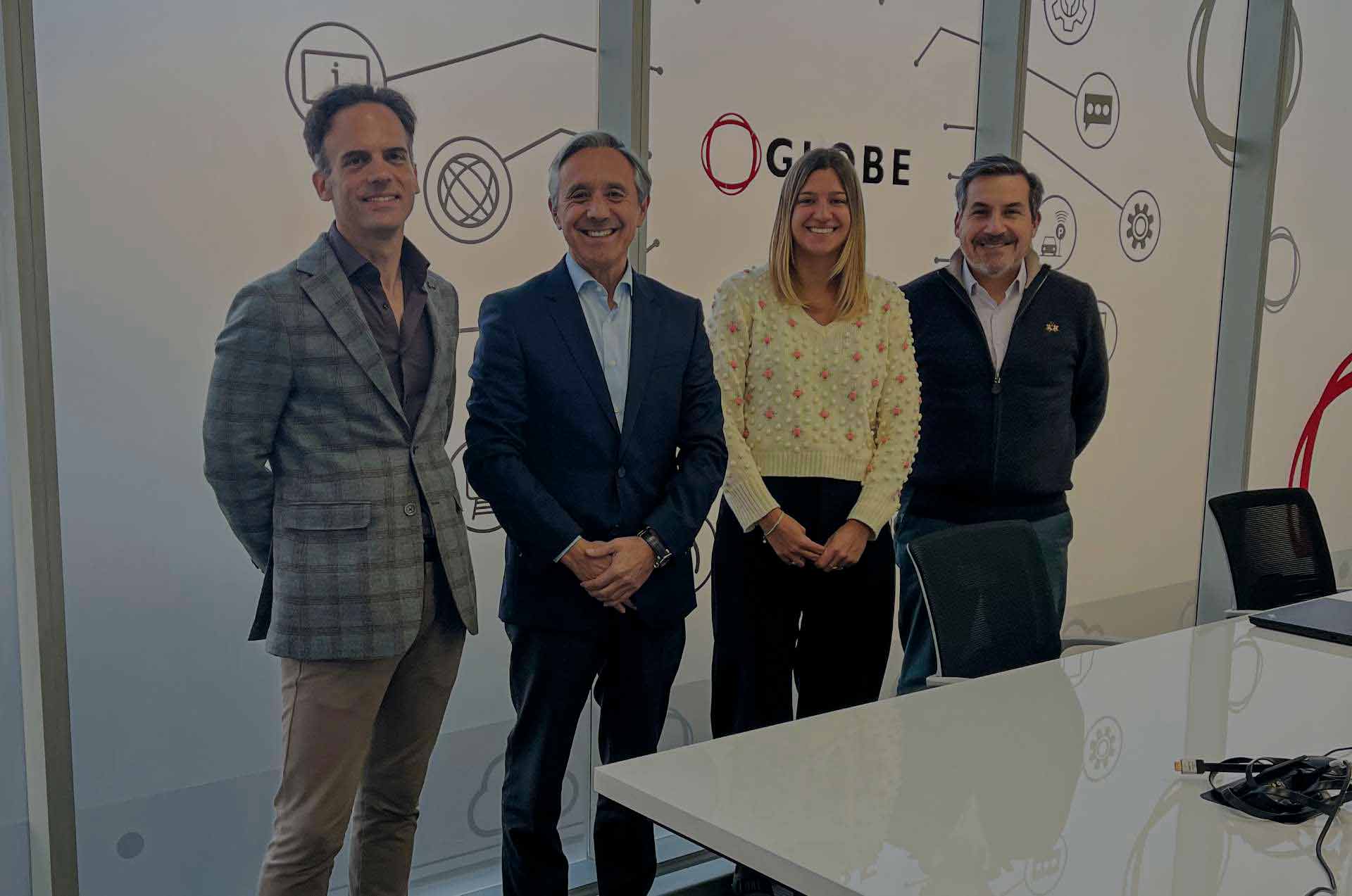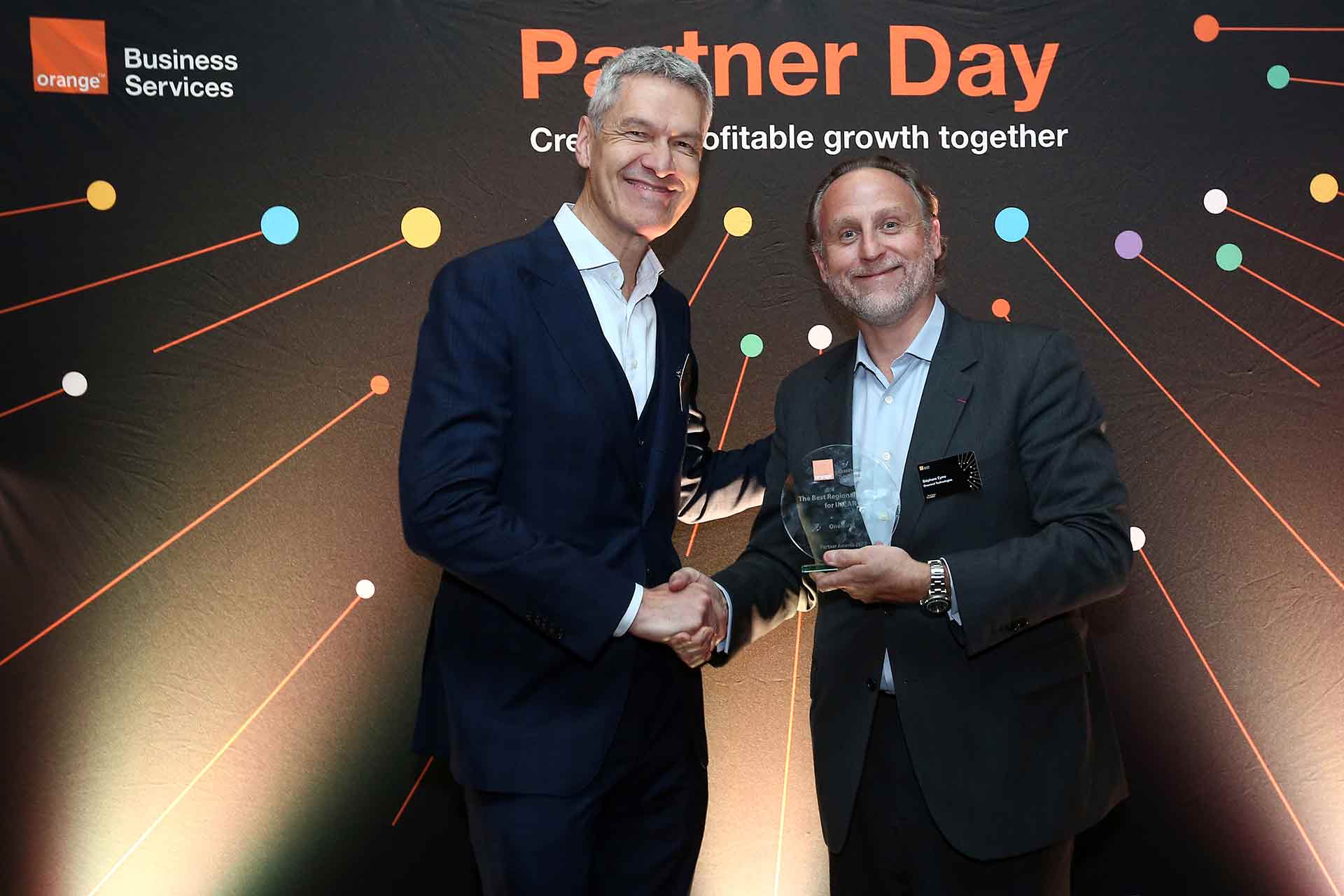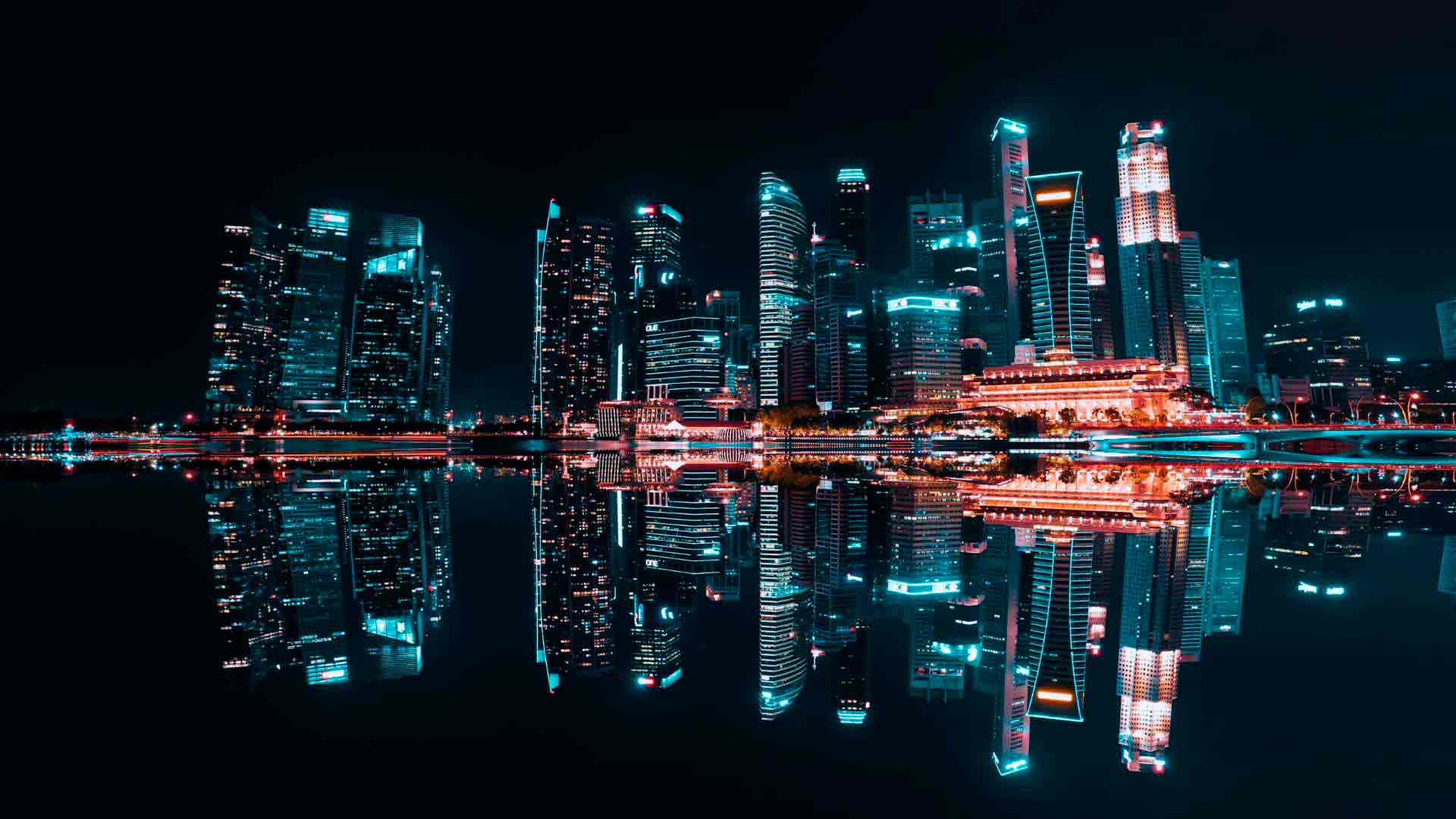Urbanization is one of the biggest global trends of our time and is showing no sign of slowing down.
By 2050, more than two-thirds of the world will live in cities, a sharp increase from just 30% in 1950. Megacities will continue to grow, reaching population sizes that would exceed those of many modern Western countries today. For instance, Tokyo is estimated to become the highest populated city in the world with 37 million inhabitants predicted to be living there by 2030. To put this into perspective, that’s more than four times the current size of New York and would eclipse the whole population of Canada.
But cities are not expanding as fast geographically as their populations. This means that the population density of cities will continue to rise, causing them to become more crowded. In fact, according to McKinsey, urbanization is predicted to raise the average city density by 30% over the next 15 years. Even though cities will become massive “knowledge factories”, they’ll also face the significant challenge of coping with the complexity of managing megacities. The solution to this growing issue is smart cities, and IIoT.
Smart cities – Why do cities need to become smart?
As world digitization progresses, cities will have to compete with each other to secure the best talent and achieve the fastest economic growth. The winners of this race will be the cities that manage the complexity of their size best. In other words, metropoles will need to become smart cities in order to maintain a competitive advantage.
One key benefit of smart cities is that they offer a better service to citizens. They find ways to leverage technology to improve traffic flow, solve traffic congestion problems, making urban living more pleasant and transportation simpler. Additionally, smart cities will increase the quality of life by reducing air pollution, lowering noise levels, improving the health of citizens, and many other lifestyle improvements. Another benefit of creating smarter cities is that they can be more efficient with resources.
This helps to improve the quality of urban services, optimize current resources for the most effective application and, ultimately, save money that can be invested in other areas.
Smart cities will increase the quality of life by reducing air pollution, lowering noise levels, improving the health of citizens, and many other lifestyle improvements.
The examples and use cases of cities taking advantage of IIoT are very broad. For example, the city of Zaragoza uses an IIoT-based traffic flow management system to collect real-time traffic information, optimize traffic flows and provide citizens with instant updates about journey times and incidents.
Barcelona uses IIoT solutions in their parking management system that allow the city to optimize parking management for tourist coaches.
Another interesting case study shows the application of a connected infrastructure solution to monitor the Ponte Vecchio bridge in Florence, ensuring its stability and the safety of millions of annual visitors.
What are smart cities?
Smart cities collect data, extract information, and use it to become more efficient and to offer citizens new services that improve their lives. While this definition holds true for different historical eras of civilization, that doesn’t mean that what has been considered a smart city in the past should necessarily be considered a smart city today or in the future.
To grasp this overarching idea of a smart city, simply look to the multiple evolution stages of the concept.
The three evolutions of smart cities
Historically speaking, the first evolution of smart cities surfaced in the 1990s in the analog age. Cities were boasting technologies such as traffic lights, photo radars, and video cameras. However, in order to retrieve any useful information from them or to apply their implications to real life, people still had to go through a lot of manual processes. They had to move to the physical location of the hardware to change lighting settings, check car velocity numbers or download surveillance videos.
Today, we are experiencing the second generation of smart cities, influenced by the digital age. Internet access means we’re all continuously connected, and data collected by devices can be stored directly in the cloud. This enables us to analyze data quickly and make informed decisions to optimize environments faster than ever before.
Interconnectivity, the third evolution of smart cities, is already well underway. Once it’s complete, everything will be connected and able to communicate: humans with technology, technology with humans, and technology with technology. Smart cities will extract information and automatically put it to use simultaneously in decision-making processes and changes to urban environments. An example of this is the innovative capability to adjust the timing of green and red traffic lights according to demand, to improve traffic flow and reduce congestion.
Once interconnectivity is complete, everything will be connected and able to communicate: humans with technology, technology with humans, and technology with technology. Smart cities will extract information and automatically put it to use simultaneously in decision-making processes and changes to urban environments.
Industrial Internet of Things – Why is the IIoT essential for creating smart cities?
As we enter the third stage of the evolution of smart cities, the Industrial Internet of Things (IIoT) will form the fundamental technology that enables cities to get “smarter”. IIoT is critical for gathering information and initiating the first step to smart decision-making: seeing, understanding and reacting. Without seeing, measuring and quantifying the current climate, city authorities will lack the vision to grasp what’s actually occurring and make an informed decision based on knowledge and understanding. Fortunately, smart cities can collect information from two primary sources: sensors and citizens.
Sensors
When we think of IIoT and smart cities, sensors are the first thing that comes to mind. Sensors are hardware devices that are installed to measure various metrics such as speed, location or weight. They are often added to machines, objects, cars, and platforms to improve processes and efficiency. Authorities invest in sensors because they enable cities to quantify and gather data that can be employed to inform changes to city living. Through the connection of sensors and machines through IIoT, cities can optimize many aspects of our daily lives such as traffic flows, waste disposal, and public transport service.
Citizens
IIoT is not just about sensors and machines. Citizens are a great source of data, as they can use apps and other technology to share their feedback in real-time. This opens up an entirely new set of measure points such as “client satisfaction” based on value perception. For example, with regard to garbage collection, sensors might say that the streets are clean and the system efficient because all bins are never fuller than 90%. However, citizens might disagree about the effectiveness of the garbage collection system if they see dirt and rubbish on their street, or if they are woken up every morning at 4 am by the noise of garbage disposal teams.
Evidently, creating a smart city is not exclusively about incorporating data via sensors, nor only about citizens. Instead, truly smart cities will utilize a perfect interaction and “marriage” of both pools of resources. By taking advantage of the amalgamated data resources of sensors, citizens and machines through IIoT, innovative urban improvements can be made automatically and instantly.
